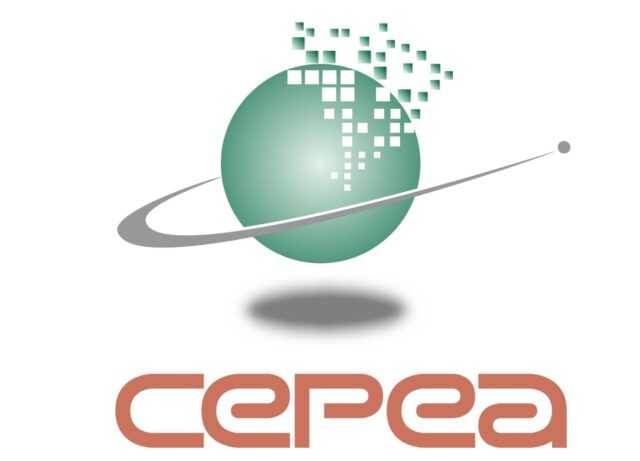SAO PAULO, Brazil – The year of 2021 was marked by sharp rises for arabica and robusta coffee prices in the Brazilian market as well as new nominal records set in the respective series of Cepea. In the first semester, values were boosted by perspectives for lower production in the 2021/22 season.
Besides the negative biennial cycle of arabica crops, the drought during most of the development stage of crops constrained the productive potential of the season.
According to a report from Conab (Brazil’s National Company for Food Supply) released in December, the volume harvested in 2021/22 totaled 47.7 million bags of 60 kilograms, 24.4% down from that in the 2020/21 season. On the other hand, according to the USDA, the harvest totaled 56.3 million bags, 19.4% down from that in the previous crop.
In the second semester of 2021, coffee prices rose even more sharply, majorly for arabica, influenced by concerns about supply and logistics worldwide. In Brazil, a long drought and frosts during the Winter damaged arabica crops, which may result in a crop failure in the 2022/23 season (positive biennial cycle). With arabica prices at high levels, coffee roasters’ demand for robusta increased all over the world.
Logistics have been influenced by the covid-19 pandemic since 2020
Cepea collaborators reported lack of containers and room on ships, which delayed or even canceled booking around the world. Higher production costs concerned agents too. This scenario led to the fast consumption of certified stocks in coffee-consuming countries.
Despite the high prices, the trading pace for coffee was slow in the Brazilian spot market in 2021, mainly in the second semester, since many arabica farmers sold batches in advance (still in 2020). Thus, availability in the spot was lower in the second half of the year, and, with expectations for new valuations until 2022, sellers sold only small amounts in the last months of 2021. On the other hand, for robusta coffee, fast valuations allowed farmers to make cash flow despite lower sales in 2021.
Arabica Prices
In the second semester of 2021, the CEPEA/ESALQ Index for arabica coffee type 6 (delivered to São Paulo) neared BRL 1,500/60-kilo bag. On December 6, this Index hit BRL 1,487.58/bag, the highest real level since December 1999 (values were deflated by the IGP-DI from November/21).
Between July and December 27 (current 2021/22 season), the Index for arabica coffee averaged BRL 1,173.56/bag, a staggering 68.7% up (+477.92 Reais/bag) from that in the same period of the 2020/21 season.
Robusta prices
Between July and December 27, 2021 (2020/21 season), the average of the CEPEA/ESALQ Index for the robusta type 6, screen 13, Espírito Santo, closed at BRL 730.35/bag, 49.5% higher (+241.85 Reais/bag) than that in the same period last crop and the second highest considering the same period of previous seasons.
The monthly average of the CEPEA/ESALQ Index for robusta coffee in December closed at BRL 831.23/bag, the second highest in the series (in real terms), only after that in November 2016, at BRL 874.02/bag.
Exports
According to Cecafé (Coffee Exporters Council), between July and November, Brazil exported 15.3 million bags of coffee, of which 13.6 million accounted for green beans, 24.5% and 26.8% less than that in the same period of the 2020/21 season. Besides lower production in the 2021/22 crop, Cecafé reported that logistic issues constrained exports in 2021 too.
Considering only arabica coffee, shipments in the current season have totaled 12.1 million bags, 25.3% less than that in the same period of the previous crop. As for robusta, exports totaled 1.5 million bags between July and November, 36.9% down.
On the other hand, revenue from exports this season has totaled USD 2.5 billion, 4.4% up from that in the same period of the 2020/21 season, due to the sharp valuations in 2021/22.


















